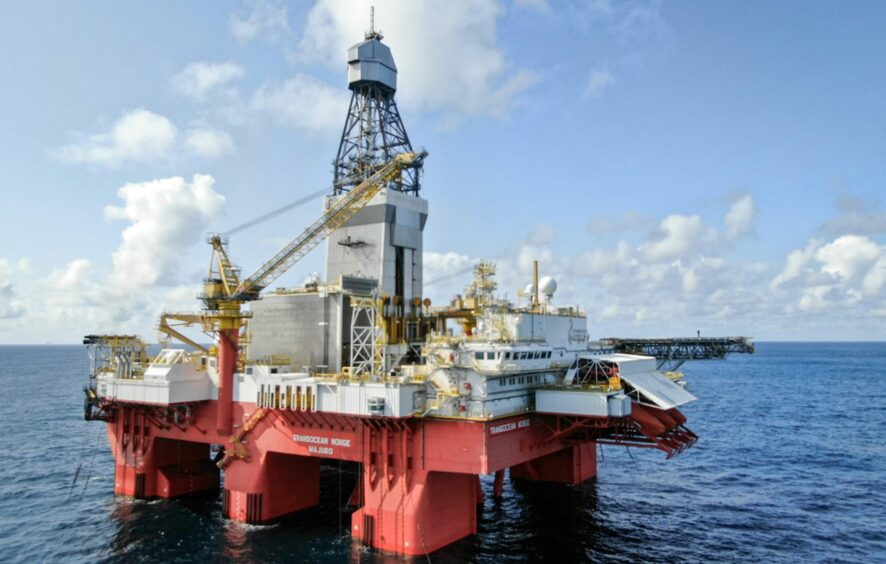
Operator ConocoPhillips (NYSE: COP) Skandinavia has concluded the spudding of a wildcat well in the Norwegian North Sea.
Drilling took place using the Transocean Norge drilling facility, in the production licence 782 S, about 19 miles north-west of the Var Energi-operated Balder field.
The objective of the 25/7-10 well, around 125m west of Stavanger, was to prove petroleum in Upper Jurassic reservoir rocks.
Thin sandstone layers, totalling about 14 metres in the Draupne Formation, were uncovered with poor reservoir quality, according to the Norwegian Petroleum Directorate.
Oil was collected from an isolated sandstone layer with limited extension, meaning there are no recoverable resources.
In the Heather Formation, the well encountered 29 metres of sandstone, again with poor reservoir quality.
As such the well has been classified as dry.
The licensees will assess the result from the well as regards further prospectivity in the production licence.
This is the second well in production licence 782 S, which was awarded in 2014.
Well 25/7-10 was drilled to a vertical depth of 4470 metres below sea level, and was terminated in the Heather Formation in the Middle Jurassic – it has been permanently plugged and abandoned.
Water depth at the site is 127 metres.
ConocoPhillips recently received approval from UK and Norwegian authorities for a £1 billion cross-border field in the North Sea.
The New York-listed oil giant submitted plans for Tommeliten A, a subsea tieback to the Ekofisk platform around 15 miles away, in November.
ConocoPhillips said the North Sea development will have total capital investments of 13 billion NOK (£1bn), with Tommeliten A expected to deliver resources of 80 – 180 million barrels of oil equivalent.
It previously claimed the development will enable around 5,000 jobs, adding that the field will “unlock production of new resources” and “further strengthen the Ekofisk legacy and future”.
Earlier this year ConocoPhillips was granted licence extensions by the Ministry of Petroleum and Energy in Norway for the Greater Ekofisk Area from 2028 to 2049.
Recommended for you

